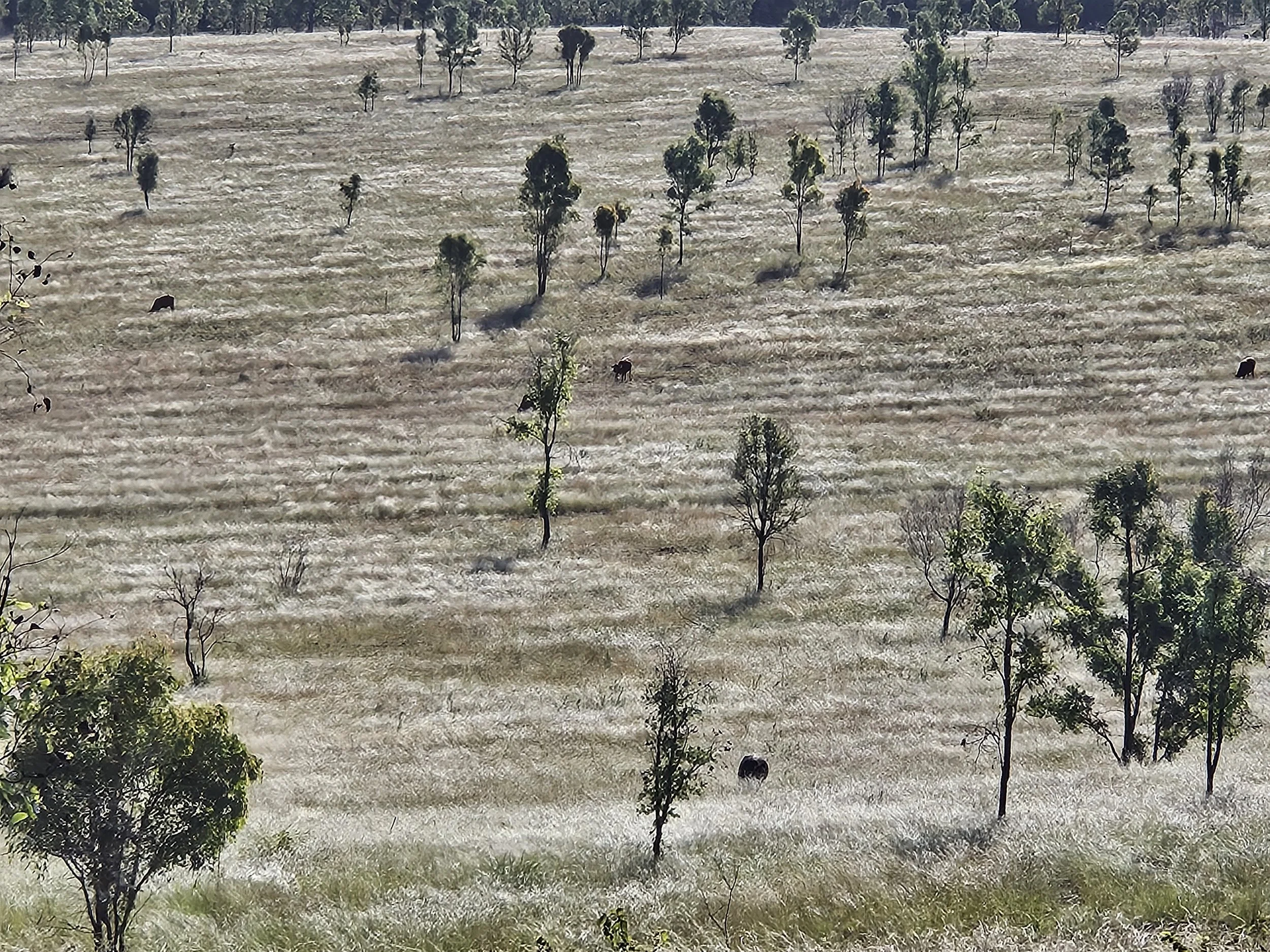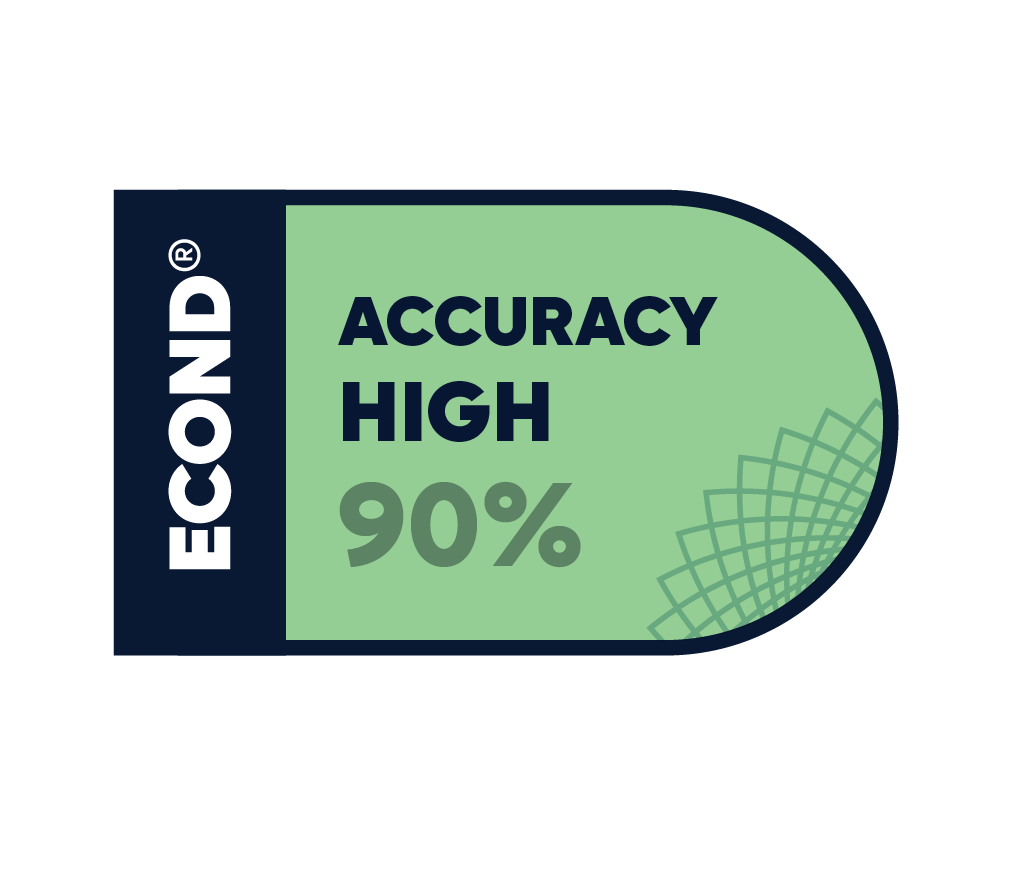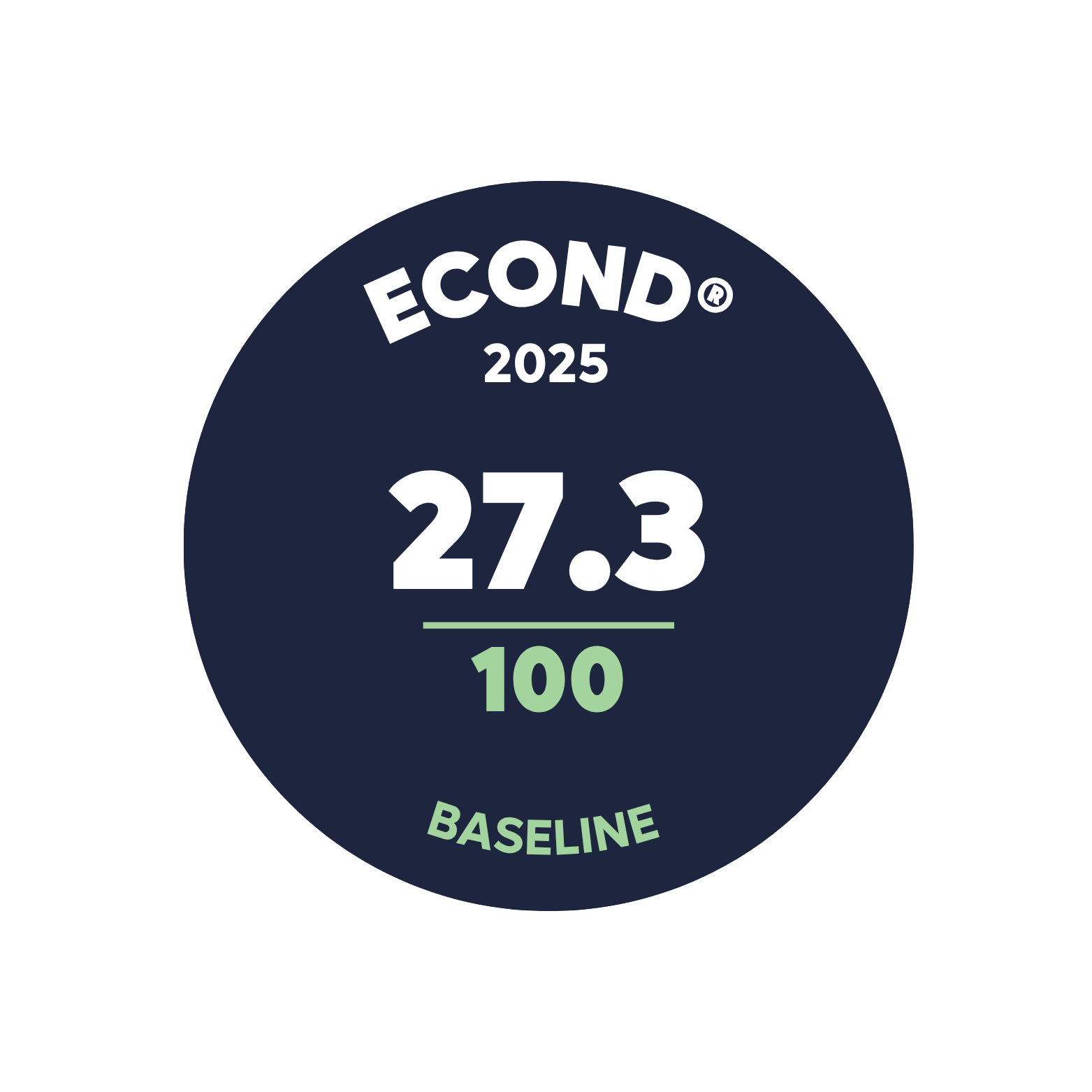Thooruna Reforestation Project.
Native Vegetation Asset Account.
Environmental Account: AU00102
Account Holder: J.R. Vander Have & R.A. Vander Have
Environmental Asset: Native Vegetation
Asset Account ID: AU000102V1
Registration Date: 4 April 2025
Certification date: 21 November 2025
Certification pathway: AfN Verified
Purpose: Measure and track changes in native vegetation condition before and after reforestation activities under the ACCU Scheme.
Current land use: Grazing & conservation
Area: 582 ha
Method: AfN-METHOD-V-03
Asset Account snapshot.
Asset summary.
Asset statement.
-
4 April 2025- Registration Date
XX XX 2025 - Certification Date
Significant outcomes.
An Econd® of 27.3 was recorded for native vegetation. This gives Thooruna ample opportunity to improve the native vegetation across the property. The property was extensively cleared for cattle grazing with expected low Econd® scores across these assessment units.
Over the coming years, Thooruna is to be planted with a biodiverse mix of native species through an active program of restoration under the ACCU Scheme. This is expected to significantly improve environmental condition of the cleared areas and encourage improvement within areas of remnant vegetation.
The intention is to continue to monitor and report on the condition of Thooruna’s environmental assets, using ecological data to guide and evaluate the management.
Limitations & disclosures.
Sub-asset stratification
Small patches of vegetation (<1ha extent) that are components of different broad vegetation groups under the QLD BVG or RE classification have been included within the mapped sub-assets. More information is provided on the merging of these sub-assets under Sub-assets section. Non vegetated areas such as rock and permanent waterbodies were also included within those sub-assets. Given the small extent of these patches, we consider the impact of their inclusion within other sub-assets as immaterial to the findings of this account.
Accuracy of vegetation mapping
Vegetation mapping is a challenging procedure requiring interpretation and extrapolation of field and remote sensing data. Some parts of the property have not been field-verified and it is possible that additional surveys may identify inaccuracies in digital vegetation mapping. Over time we expect that vegetation mapping of the property will improve.
Species identification
Some species could not be identified, particularly some coppicing Eucalypts and Acacias with juvenile foliage, and Eremophila species which were not flowering. However, as these were allocated unique ‘morpho taxa’ identifiers, this will not affect accounting for trees and shrubs as required by the Method. In some sites, it was difficult to determine the presence/extent of introduced pasture grasses. Apart from some buffel grass (Cenchrus sp.), Thooruna pastures are largely comprised of native grasses, with discrimination between native and introduced grasses determined through familiarity with the growth habit of some key species (Heteropogon contortus and Themeda triandra (native) Buffle, creeping bluegrass (introduced). Positive identification of native species was not possible as none were flowering, so estimating cover of non-native grasses in each plot was a matter of inference based on (a) cover of known species and (b) location and cover relative to species occurrences discussed with John Vander Have (property owner).
Environmental markets.
Australian Carbon Credit Unit (ACCU) Scheme project, registered with the Australian Clean Energy Regulator. More information can be found here:
Last Update: 29 October 2025

Environmental Account.
Learn more about the Environmental Account.









